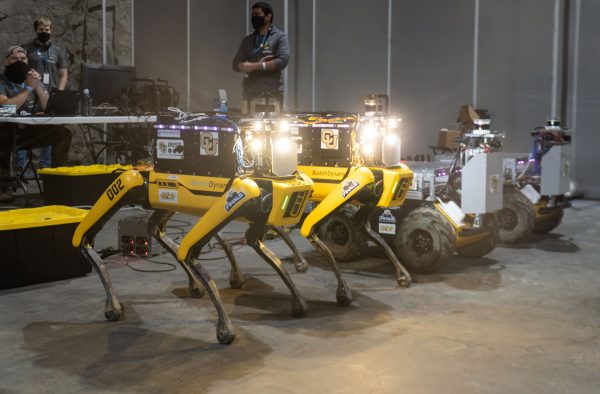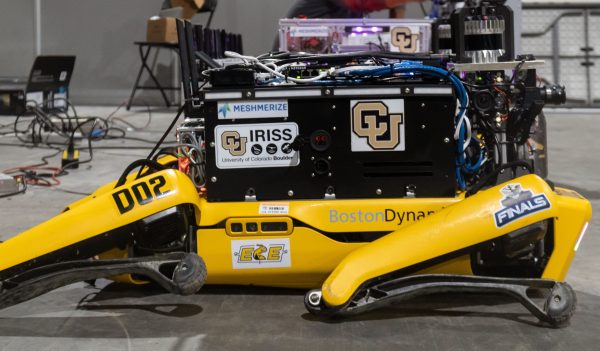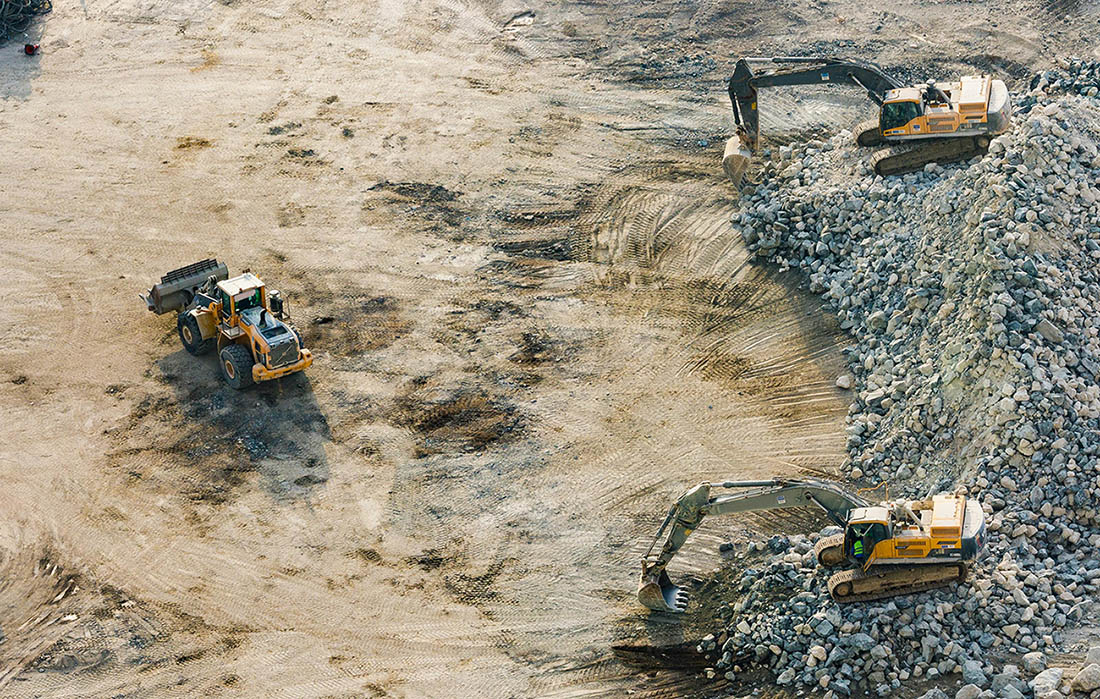CU Boulder and UC Santa Cruz Team using Meshmerize in the DARPA Challenge

The DARPA Subterranean Challenge (Defense Advanced Research Projects Agency – DARPA), was a three-year long project with events that took place every 6 months to a year. It brought together some of the world’s leading researchers, companies, and research institutions.
The purpose of this competition was to showcase how new technologies can overcome harsh and extreme conditions when performing specific and complex tasks. Over a one week period, participants and their innovations were awarded points for completing challenging and difficult missions. The main idea of this project was to have a scavenger hunt, where objects are placed within an unknown environment. A robot team was then put together to find these objects, with only one person permitted to view data from outside of the environment.
CU Boulder's team placed ahead of many other renowned institutions
Reconnect times were essential in winning the competition for Team MARBLE
Four various robots were used in the search and rescue excercise
2021’s DARPA final edition (Tunnel, 2019, Urban 2020 and Cave 2020, canceled due to Covid), challenged competitors to create a system for robots and UAVs to do search and rescue operations deep in a mine in Louisville, Kentucky. The conditions and environment for this challenge were not ideal for trying to communicate with sophisticated robotics. Base stations and normal wireless infrastructure were near to impossible set-up.
CU Boulder’s robotics team, nicknamed Team MARBLE (Multi-agent Autonomy with Radar-Based Localization for Exploration), was looking for a Mesh network that could work underground, transmit data and also be able to keep all of its robots in constant communication with their base station.
Both Team MARBLE and Meshmerize were up for this herculean challenge.

Unique Software Stack

Meshmerize worked closely together with Team MARBLE to integrate its dynamic mesh network software into 4 robots (two-rolling and two Boston Dynamic Spot Robots). Along with the robots, the team had a human supervisor for its base station along with 12 deployable communication relay beacons. As these robots progressed deeper into the mines, Team MARBLE required a network to expand the connectivity.
Therefore, reconnect times were essential in this challenge to transmit essential data like images and videos regarding what the robots were able to find during their search and rescue missions. The walls in the caves in Kentucky are solid rock where any and all radio signals are stymied. When any opportunity, such as an opening or passage did line up with the base station or a fellow robot, Meshmerize’s software gave the team quick and efficient reconnect times for transmitting or receiving data within a few seconds or less.
Steve McGuire, one of the leads on this partnership between the CU Boulder and University of California and now an Assistant Professor for the UC of Santa Cruz, explained that, ‘I like software that stays in its lane, and doesn’t try to do more than what it is needed to do’.
- Meshmerize showcased its capability to create a dynamic mesh network for the CU Boulder’s Team MARBLE, enabling seamless communication in challenging underground conditions during the DARPA Subterranean Challenge.
- The team successfully integrated Meshmerize into four different robots, including Boston Dynamic Spot Robots, highlighting its adaptability and versatility.
- In the rock-solid cave environment, Meshmerize excelled by providing quick and efficient reconnect times.
- The mesh network ensured that images and videos from the robots’ search and rescue missions were reliably transmitted, overcoming physical obstacles.
- Meshmerize network proved its resilience to external factors and the ability to stay focused on the task, ensuring maximal efficiency.






